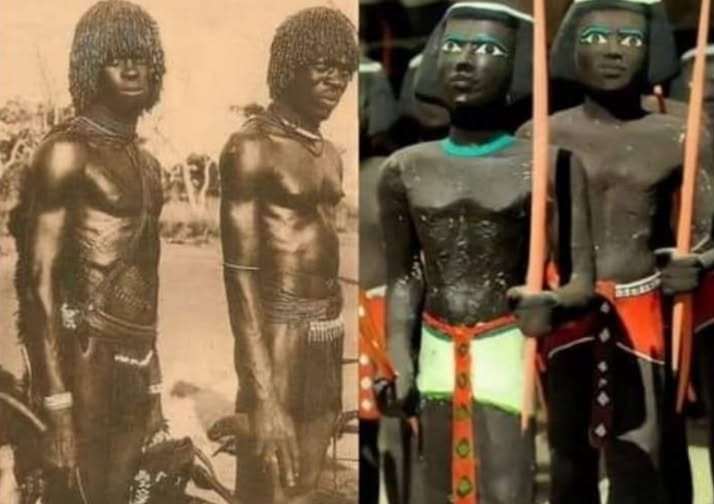
Kush was the “Land of the Bow”

Hunters using bows and arrows appear in Nubian rock art as early as the Neolithic period and hunting provided subsistence for Nubians throughout much of their history. Some of Nubia’s most important trade products, like animal skins and ivory, came from the hunt.

The skill of Nubian archers made them valued members in the military forces of other lands. Egyptian texts as early as 2400 BC note Nubians in Kemet armies. Representations of Nubian warriors appear in some tombs, reliefs, and paintings in all periods of Kemet history.

Nubian archers were so skilled and so accurate that they could hit enemies in the eye and blind them without killing them, they defended themselves against the Egyptians, Romans and Arabs invaders.

At one point Kemet was conquered by the Nubians from 750 B.C to 712 B.C. and for a period a line of Nubian pharaohs, known as the 25th Dynasty of Kemet, ruled both lands. #Africa